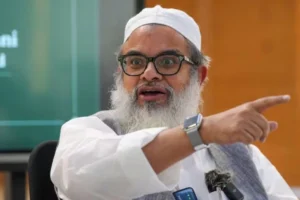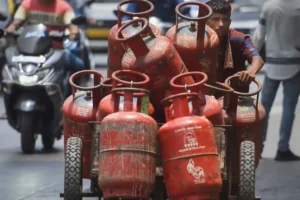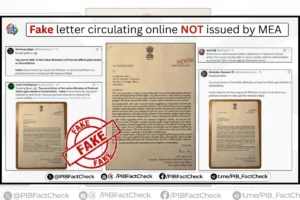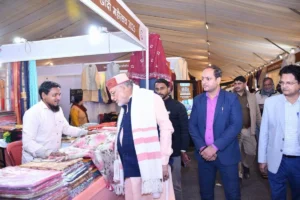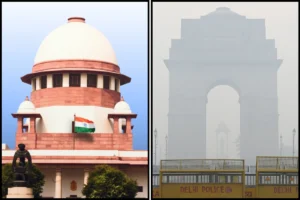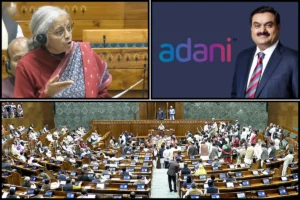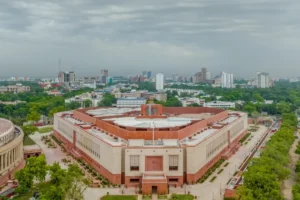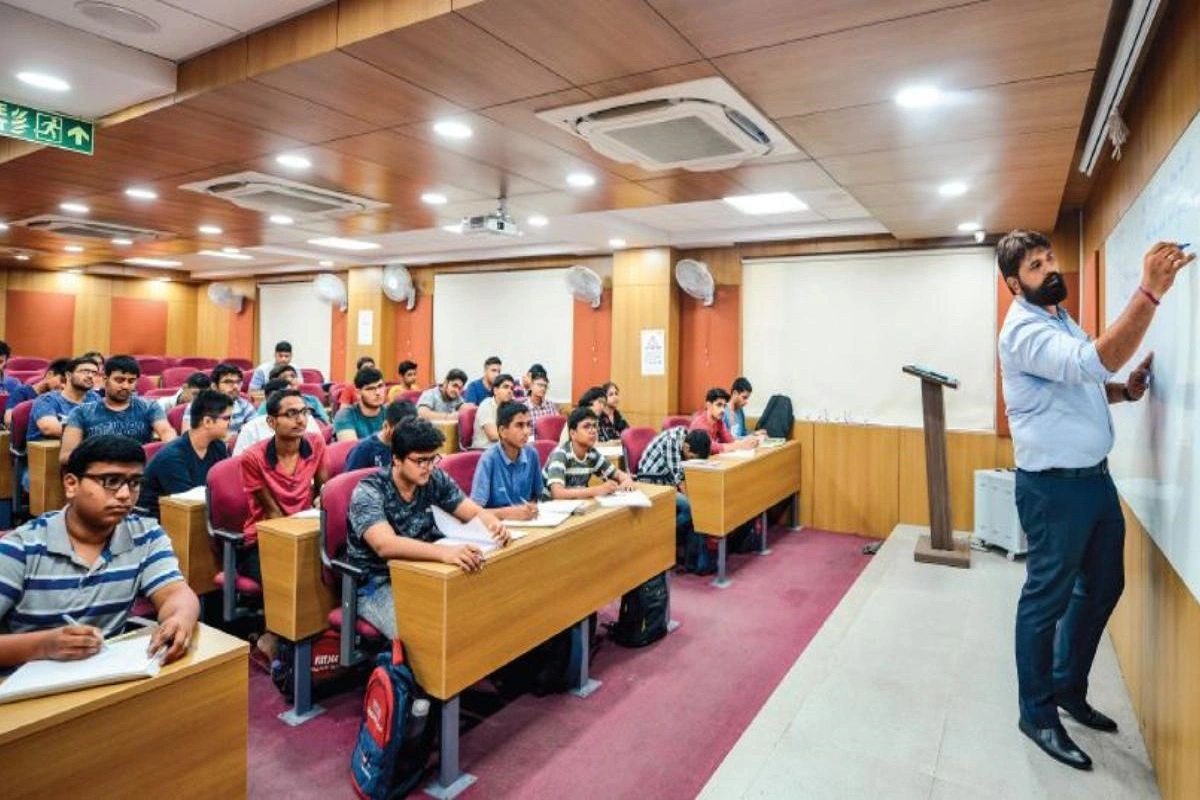
India's Coaching Centres
In January, the government took a significant stride to reduce teenagers’ reliance on coaching centers. Guidelines released by the education ministry propose that coaching institutes only enroll students aged 16 or above, or those who have completed class X. Each year, numerous students attempt competitive exams, seeking success through coaching institutes due to the perceived shortcomings of the traditional schooling system in adequately preparing them. Many students commence coaching as early as class VI to gain an advantage, but the ensuing pressure leads some to contemplate suicide. Reports Dive into Statistics Supporting the ‘Coaching Culture’ Coined by the National Education Policy
Studying overtime
The exact count of students engaging in private coaching for competitive exams remains ambiguous, yet insights from the Pratham Education Foundation’s Annual Status of Education Report (ASER) shed light on the trend. The survey, conducted among rural students nationwide, reveals a rising preference for private lessons post-school hours, particularly among those in class IX and higher. This surge in private coaching can be attributed to the intense competitiveness surrounding coveted competitive exams, evidenced by the substantial disparity between exam applicants and available seats. Consequently, those who fail to qualify are left with limited options, often settling for lower-tier colleges.
Burning pockets
The demand for high-profile courses coupled with a sluggish increase in undergraduate seat availability fuels the fervor surrounding competitive exams and, consequently, coaching institutes. However, this trend comes at a significant financial cost. In major cities, prestigious coaching center chains charge upwards of ₹1 lakh per year for courses following class IX. Beyond these elite institutions and competitive exams, even standard private coaching accounts for nearly 40% of students’ total education expenses.
Choked with pressure
Another rationale for regulating coaching centers is the concerning trend of student suicides, which underscores the immense pressure children face. According to national crime data from 2022, 13,044 students died by suicide, though these incidents may not all be directly linked to studies or tuition centers. However, failure in examinations was cited as the cause behind over 2,000 of these suicides. In Kota, the prominent coaching hub of India, police reports indicate 26 student suicides in 2023 alone.
Also read: Harda Factory Blast: 30 Injured Six Dead As a Fire Broke Out In Factory
Education boom
Although the guidelines intend to alleviate student burdens, coaching centers are gearing up to lobby the government to reconsider the enrollment age cap. The education sector has witnessed swift expansion, surpassing the overall private consumption expenditure growth, with the ‘coaching culture’ reaping significant benefits from this trend. Over the past decade, the education component has boasted one of the highest growth rates. This is evident in the year-on-year changes in total private final consumption.
Explosive Growth Projected for India’s Coaching Industry
1. Coaching centres must adhere to fair fees, avoid false promises, and ensure the mental well-being and safety of students, according to the ministry guidelines.
2. $225 billion is the estimated size of the education sector by 2024-25, a near-doubling in five years, according to the India Brand Equity Foundation. This is set to feed the coaching industry as well.
3. The market size of India’s coaching classes market is set to reach 1.34 trillion by 2028, up 2.3 times in seven years, according to Infinium Global Research. write a subheading
To read more such news, download Bharat Express news apps









